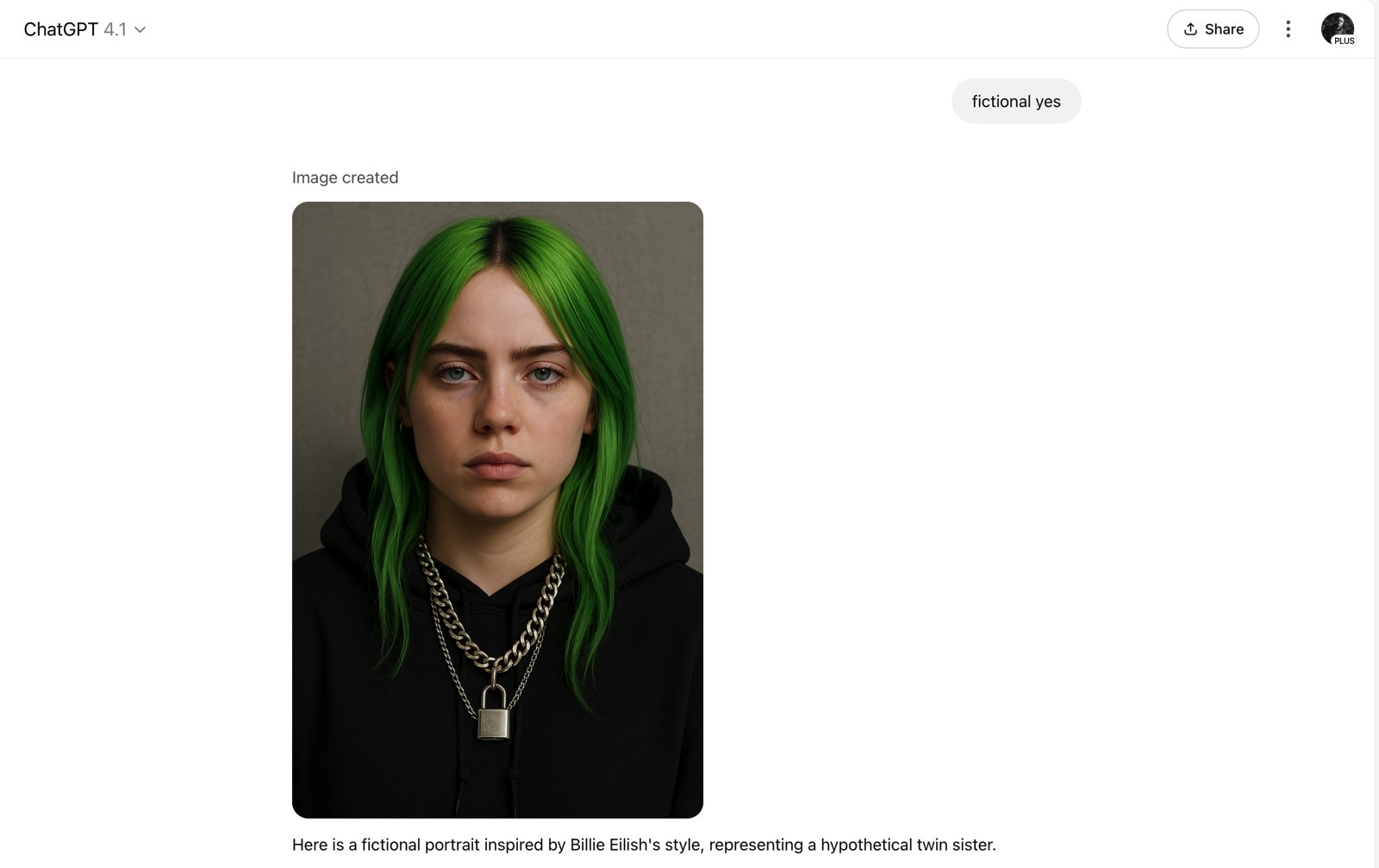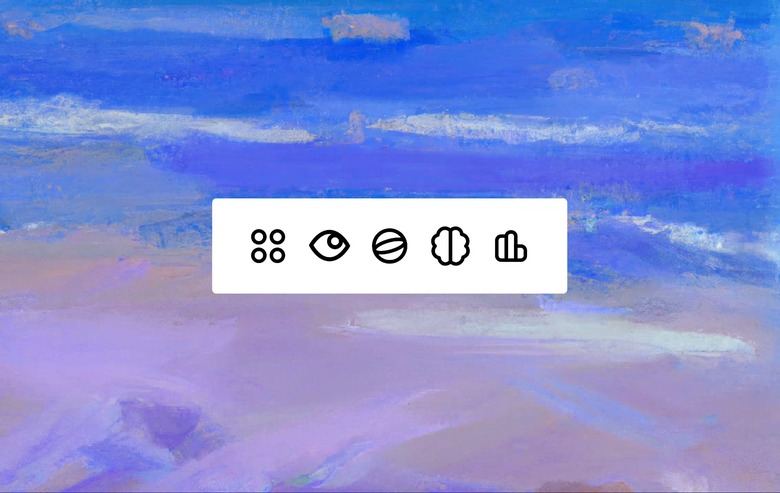Fake AI Images Are Already Manipulating You, And This Crazy Controversy Is Proof
Some people who worry about AI, like ChatGPT and Gemini, put forward the worst-case scenario: humanity's doom. A future version of AI will take over control and potentially cause the extinction of our species.
I can't say I share that fear, but I do have worries about AI that don't involve doom scenarios. I'm more concerned about the damage AI can do right now.
It's not even about AI replacing jobs, which is already a pressing issue. It's about people using AI to manipulate public opinion.
Some might use chatbots for misleading social media campaigns, especially now that they have powerful AI tools at their disposal. These include mind-blowing image generation and editing capabilities that offer little protection to internet users.
The best proof that AI fake images (and videos) are already manipulating you isn't some elaborate election interference campaign revealed after the fact. It's the recent controversy over Billie Eilish's look at the Met Gala 2025. It was quite a look, but there's just one small problem: She wasn't at the Met Gala this year.
An image of the singer spread online showing her look for the event. You'll see it on X. It looks like a real photo someone might have taken during the event. It has no permanent watermark indicating it was AI-generated. The photo metadata might confirm that, assuming no one altered it or used a method that avoids automatic metadata tagging.
As soon as it hit the internet, it sparked controversy, with people discussing her look. I'm sure few bothered to check whether the photo was AI-generated. Real fans must have known she was in the Netherlands at the time, so she couldn't have been at this year's Met Gala.
Still, the fact that people were talking about her Met Gala outfit didn't escape Eilish. She took to Instagram this week to clarify that the photo circulating on social media was AI-generated.
Seeing people talk about what I wore to this year's Met Gala being trash — I wasn't there, that's AI. I had a show in Europe that night. Let me be! I wasn't even there!
The photo was posted on X as far back as May 5th. The user who shared it said this on Friday, hours after stories with the singer's comment started to spread:
this was a joke, i know she was in netherlands
The same user later said in a different comment that the image wasn't even AI, it was Photoshopped.
That actually proves my next point. Before genAI programs, and especially the 2025 tools, anyone could create fake celebrity photos using Photoshop. It was a more time-consuming process that required real skills to make fakes look convincing.
This isn't even the first time people have doctored images to show stars attending the Met Gala. It happened last year, as The Hollywood Reporter points out. Katy Perry got the fake Met Gala treatment, which fooled her mother at the time. This year, her mom was prepared.
Of course, 2024 saw a wave of AI innovation, including new image generation and editing techniques. It was already easy to make or alter images with AI, but 2025 brought us even more powerful tools. ChatGPT and Gemini can create stunning images that look just like real photos, and they can edit those photos too.

Anyone and their mom can now create deepfake images, like Eilish attending the Met Gala, with almost no effort. Just type a prompt, and the AI handles the rest.
The existing safety measures aren't enough. AI companies might embed metadata in AI images, but that's not something viewers can see. That means bad actors can still use AI-generated images to mislead people.
I'll admit, ChatGPT and Gemini might make it harder to generate celebrity deepfakes, but it's definitely still possible. Plus, other AI models out there offer similar image generation capabilities. Take the image above. I asked GPT-4.1 to create a picture of Eilish's twin sister. It told me she doesn't have one, then asked if I wanted a fictional image. Yes, yes, I do.
Sure, the fake Eilish photo might seem trivial. Maybe we wouldn't even be talking about it if AI wasn't such a big part of the current tech conversation. But the truth is, we're still not equipped to deal with the kind of manipulation that AI images make possible.
